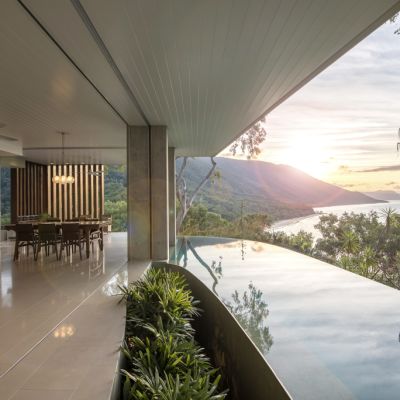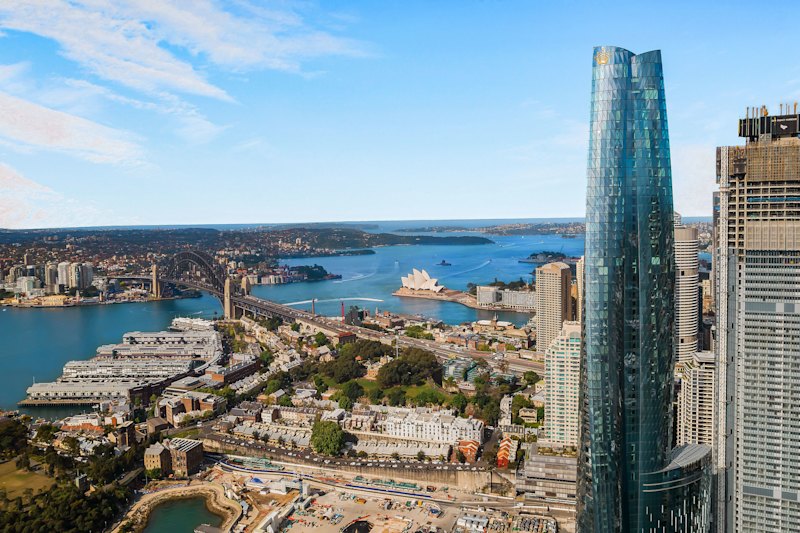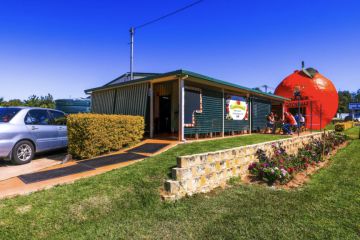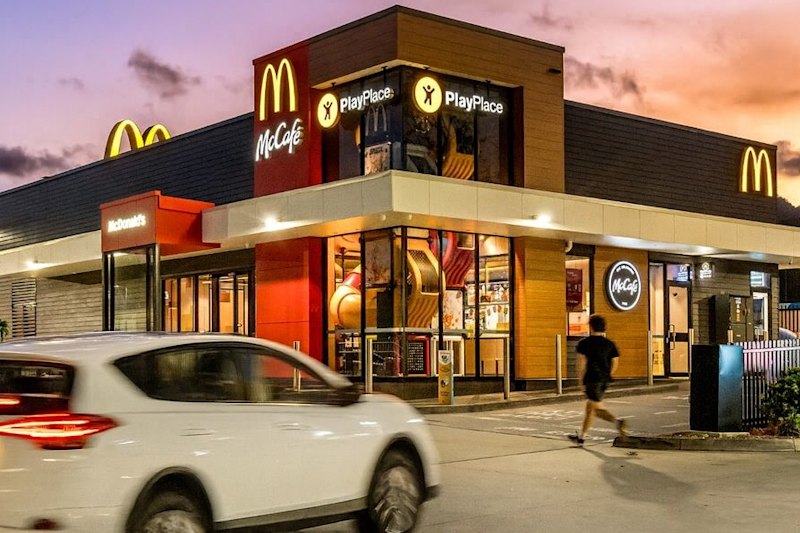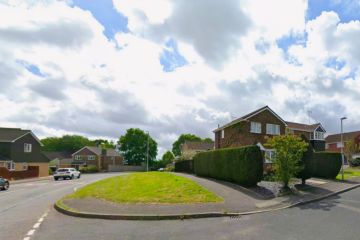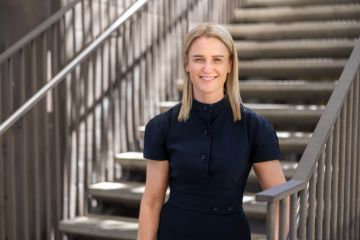Yield versus growth: Where are the highest rental yields in the nation?
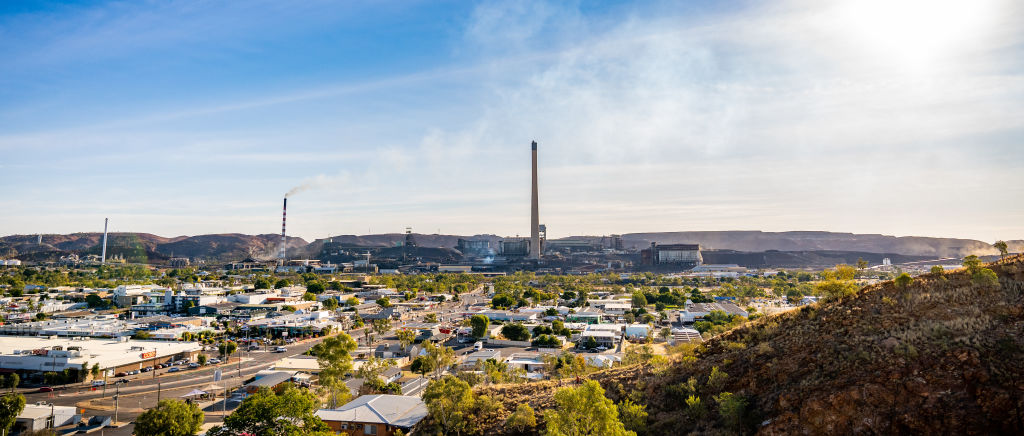
Sharply rising prices and record-low yields in half of our capital cities can make it tough for residential property investors to find reliable returns, but there is hope.
Yields are healthy in some areas, but those should still be carefully considered and balanced against prospects for future capital growth, the experts say.
“Of course, yields are important because if you don’t get a good yield, then you won’t have good cash flow or serviceability from the bank and you’ll get maxed out on negative gearing,” says property investment strategist Lloyd Edge, managing director of Aus Property Professionals.
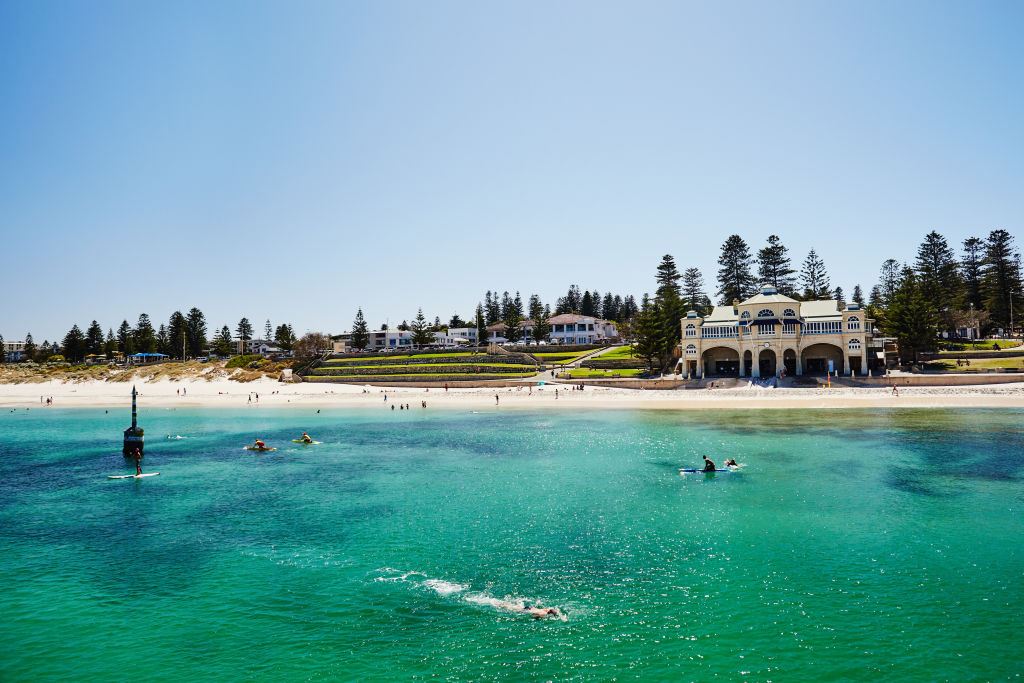
“But you might get a high yield and have no capital growth which means, in the coming years, you aren’t going to be in a better situation than you are now. So you really need to look for both.”
At the moment, Sydney generally is offering only a 2.6 per cent yield on houses, according to the latest Domain Rent Report, with Melbourne 2.92 per cent, Canberra 3.7 per cent and Hobart 4.15 per cent – all record-breaking lows.
Perth has the best on offer at 5.2 per cent, and Darwin is only slightly lower at 5.17 per cent.
For apartments, it’s a similar story, with Sydney offering a yield of 3.39 per cent, Melbourne 3.94 per cent and Hobart 3.98 per cent.
At the top of the table is Darwin at 6.83 per cent, Perth at 5.76 per cent and Canberra at 5.73 per cent.
When that’s further broken down into local government areas, however, there are some stellar yields on offer, but most are in the resource-rich mining areas, or at the ports that export them.
Rental yields on houses in Western Australia’s East Pilbara are 8.8 per cent, for instance. In Wyndham they are 8.4 per cent, Broken Hill in NSW 8.2 per cent, Roxby Downs in South Australia 7.9 per cent and Mount Isa in Queensland 7.6 per cent.
“But yields can be dangerous at extreme levels whether super-high, or super-low,” says Arjun Paliwal, founder and head of research of data-led buyer’s agency InvestorKit.
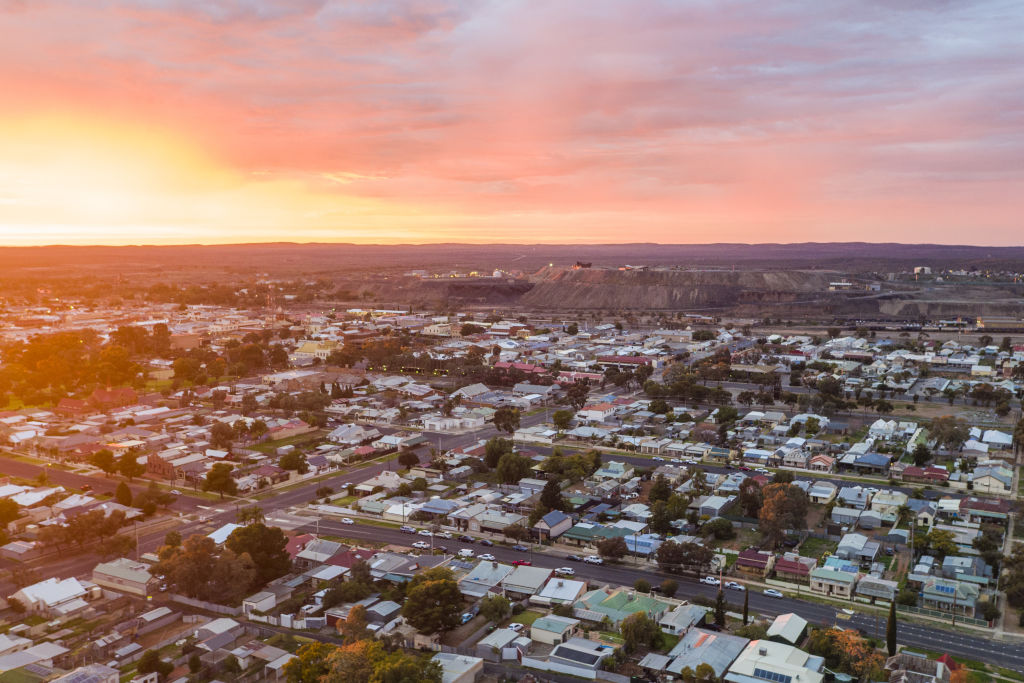
“Mining areas are notoriously volatile and a high yield one day can be a low yield the next, and you won’t have much control over that.
“At the same time, if yields are too low, then that could hinder your borrowing potential for future properties. So going for healthy yields rather than extremely high ones is a more sustainable policy and, in today’s market of low-interest rates, I’d say healthy would be 4-5 per cent gross, and you can find lots of areas with those.”
Christine Williams of Smarter Property Investing agrees there are still gems around that balance out decent yields with good prospects of capital growth.
“On the eastern seaboard, I’d be looking at Melbourne’s western corridor from Caroline Springs to Fraser Rise, and in NSW I’m comfortable with the Hunter Valley and northern NSW,” she says.
“I also like parts of the Gold Coast – with the exception of Logan – and the northern suburbs of Brisbane, Bundaberg and Harvey Bay.”
Areas with a variety of industries and plenty of amenities and transport are always the best bet for both yield and growth, Edge says.
We recommend
States
Capital Cities
Capital Cities - Rentals
Popular Areas
Allhomes
More
- © 2025, CoStar Group Inc.


